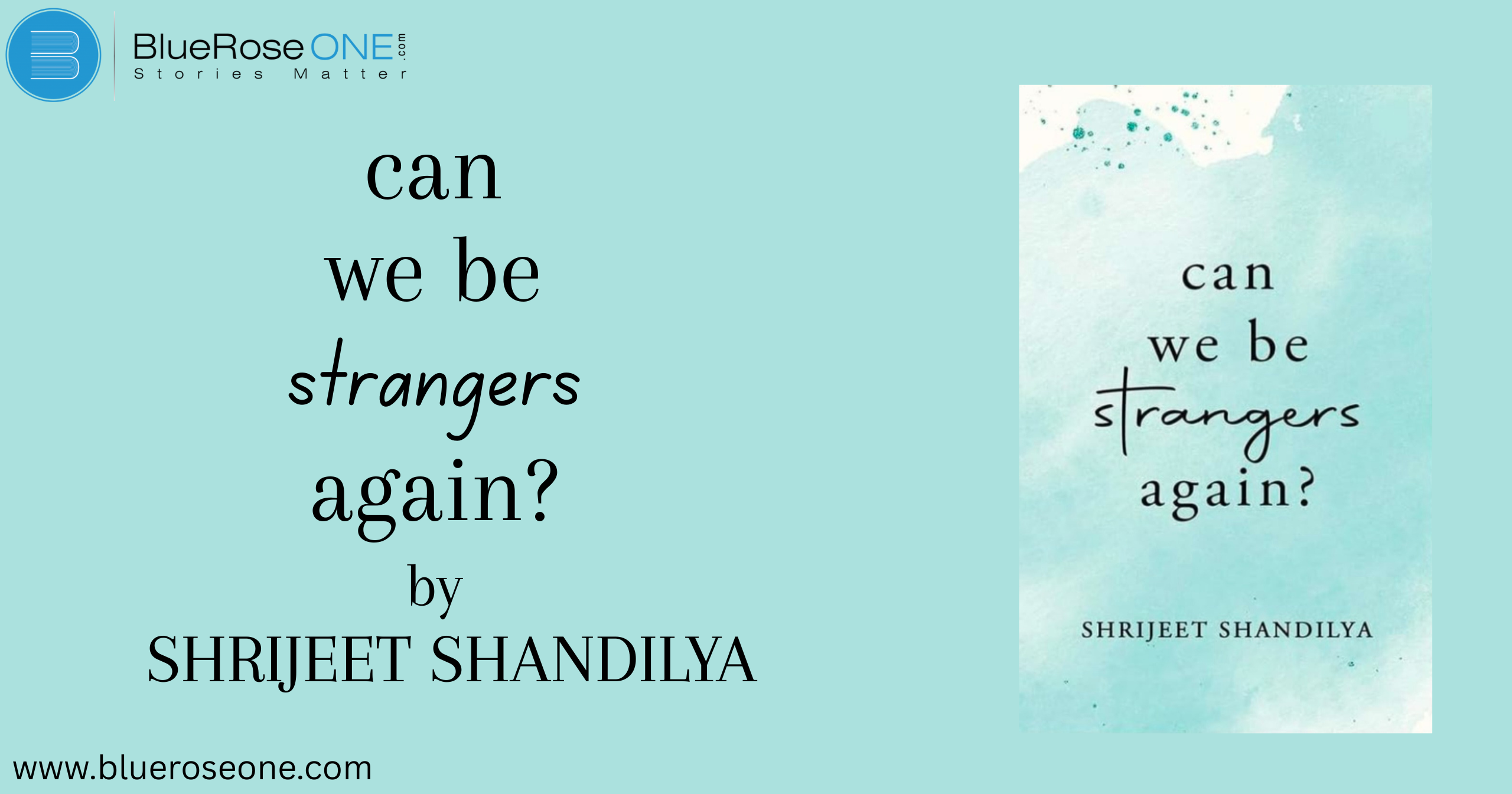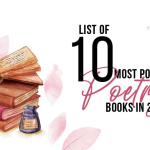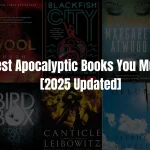Poet and storyteller Shrijeet Shandilya’s Can We Be Strangers Again? is a moving exploration of love, loss, and healing. A collection that merges poetry and prose with raw emotion and philosophical depth, this book captures the quiet ache of losing someone who once meant everything. With themes of romantic nostalgia, emotional growth, and self-discovery, the book has resonated with a generation navigating modern relationships and breakups.
About the Author
Shrijeet Shandilya is an Indian poet and writer known for his evocative verse that often touches upon themes of love, heartbreak, and self-introspection. His words are deeply relatable, often striking a chord with readers who have endured the bittersweet experiences of falling in love and falling apart. Shandilya writes in a simple, lyrical style that blends minimalism with emotional intensity, making his poetry accessible yet impactful.
You may also read: Diva Secret Cellular Nutrition Therapy by Dr. Wandoh Timothee Djimet: Book Summary
Overview of the Book
Can We Be Strangers Again? is not a linear story but rather a journey in fragments. It is a collection of free verse poems, micro-prose, reflections, and musings that collectively tell the story of a relationship — from the euphoria of falling in love to the anguish of separation and the bittersweet path of moving on.
Divided into thematic sections, the book gently guides readers through the emotional phases of a relationship, making it easy for readers to find echoes of their own love stories within the lines. The title itself is a paradox, expressing the yearning to undo emotional closeness, to return to the innocence of anonymity, where love hasn’t yet wounded or changed us.
You may also like: Pulitzer Prize Fiction Winners by Year: A Complete List
Central Themes
1. Love’s Innocence and Euphoria
2. The Descent into Heartbreak
As the collection progresses, the tone darkens. The optimism gives way to confusion, silence, and distance. Love becomes complicated. Misunderstandings grow. Words that once held meaning become sources of pain. Shandilya’s poems in this section are filled with disillusionment and quiet sorrow. The poems don’t scream, they whisper the kind of sadness that only those who’ve truly loved and lost can understand.
One of the most striking aspects of this section is its honesty. The poet doesn’t shy away from expressing vulnerability, nor does he seek to blame. Instead, he presents heartbreak as an inevitable, if painful, part of the human experience, something that teaches, breaks, and molds us.
You may also like: What Is Contemporary Fiction? Definition, Themes with Examples
3. Longing, Memory, and Reflection
Post-breakup, the speaker in the poems begins to dwell on the memories. These are the quiet, in-between moments looking back at old photographs, missing someone at 3 a.m., wondering what could have been. The nostalgia is palpable and bittersweet. The poems here feel like journal entries, written in the soft ache of solitude.
Shandilya captures this longing with elegance, using repetition, metaphor, and sparse imagery to evoke the lingering shadow of a lost relationship. Readers may find themselves nodding along, recognizing their own patterns of remembrance and regret.
4. Healing and Letting Go
Eventually, like all journeys through heartbreak, the book finds its way toward healing. The final section is not about forgetting but about accepting that some people are meant to be chapters, not endings. The poet slowly sheds his emotional baggage, one poem at a time.
Forgiveness both of the self and the other becomes a recurring motif. The tone becomes meditative and philosophical. It’s here that Shandilya asks the titular question: “Can we be strangers again?” Not out of bitterness, but out of a desire for peace to remember without pain, to look back without yearning.
The book ends not with a declaration, but with a question open-ended, honest, and beautifully unresolved.
You may also like: Pacing Definition in Literature: Guide for Writers and Readers
Writing Style and Language
Shrijeet Shandilya writes in free verse, often minimal and conversational. His style is reminiscent of modern Instagram poets, yet richer in emotional nuance and literary depth. The language is accessible, making the book suitable for a wide audience, especially younger readers who appreciate lyrical storytelling and honest emotion.
Metaphors drawn from nature, the stars, the ocean, and everyday life recur frequently in his poems, grounding the abstract feelings in familiar imagery. The use of enjambment where sentences spill over multiple lines gives his poetry a fluid, uninterrupted rhythm that mirrors the meandering path of healing.
His tone fluctuates with the emotional arc of the narrative, sometimes playful, other times philosophical, often intimate. Each poem feels like a whispered thought, a note passed in secret, or a page torn from a private diary.
Notable Quotes
Several lines from Can We Be Strangers Again? have been widely shared and quoted by readers. Here are a few memorable ones:
- “You left, and the silence became louder than your words ever were.”
- “Love doesn’t die; it just changes shape. Sometimes into regret. Sometimes into poetry.”
- “We broke each other in places that no one else will ever see.”
- “I want to remember you without hurting.”
These lines encapsulate Shandilya’s strength as a poet the ability to articulate complex emotional truths with disarming simplicity.
You may also like: What is the Rule Archetype? Definition with Powerful Examples
Why Readers Connect With It
Can We Be Strangers Again in a World Filled with Curated Social Media Love Stories? provides a welcome contrast – an uncensored look at heartbreak, vulnerability, and the human condition. Its relatability stems from its honesty. There is no pretense to perfection. The poems do not attempt to portray love as magical or grief as poetry; rather, they depict both as chaotic, perplexing, and very real.
Many readers see their own experiences reflected in these pages. Whether you’re newly heartbroken, lost in nostalgia, or on the path to healing, this book serves as a companion – soft-spoken, empathic, and never judgmental.
Ideal Readers
This book is perfect for:
- Young adults and teens navigating their first heartbreaks.
- Poetry lovers who appreciate minimalist, emotionally resonant writing.
- Fans of authors like Rupi Kaur, Atticus, Lang Leav, or Nikita Gill.
- Anyone seeking comfort or closure through literature.
It is especially relevant in today’s culture of short-lived relationships and digital disconnect, where love often ends not with a bang but with a seen message and no reply.s
Criticism and Limitations
While the book is emotionally rich, it may not appeal to readers looking for formal poetic structure or complex literary devices. Traditional poetry readers might find the free-verse format too simple or modern. Additionally, those unfamiliar with emotional introspection may find the content overly sentimental or repetitive.
However, it’s precisely this emotional transparency that makes the book resonate with such a wide audience. Shandilya does not try to impress, he tries to connect. And in that, he succeeds powerfully.
You may also like: What is a Title Page? Definition, Purpose and Examples
Final Thoughts
Can We Be Strangers Again? is more than a collection of poems it is an emotional map of a relationship’s rise and fall. Shrijeet Shandilya invites readers not only to witness his vulnerability but also to embrace their own. Through heartbreak, longing, and the slow act of letting go, the book offers solace and solidarity to anyone who’s ever loved and lost.
It reminds us that sometimes the hardest part of love is not the ending, but the remembering and that healing begins not when we forget, but when we make peace with the past.
For anyone looking to understand their emotions, find comfort in someone else’s words, or simply relive the tender ache of lost love, Can We Be Strangers Again? is a heartfelt companion.















